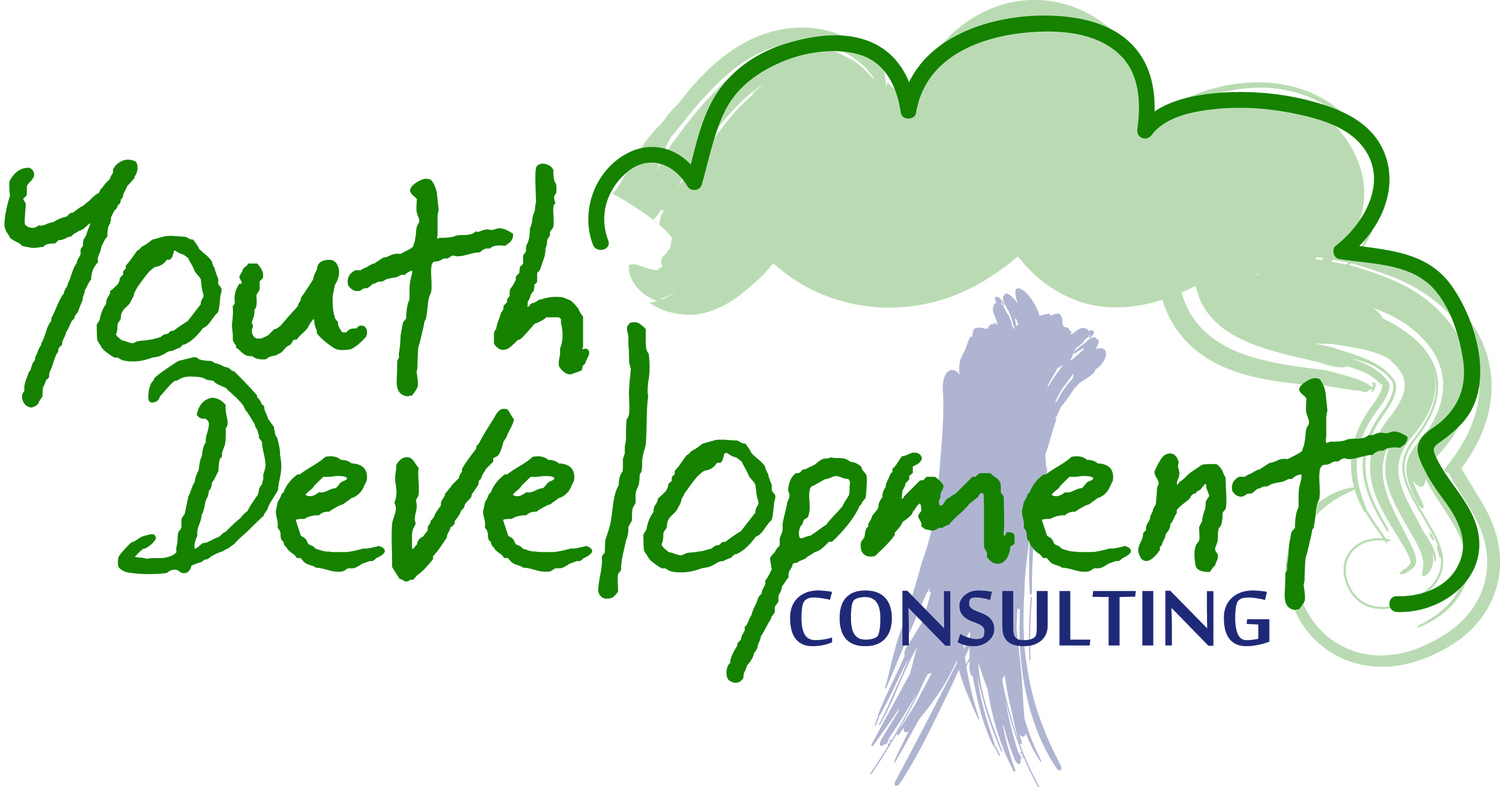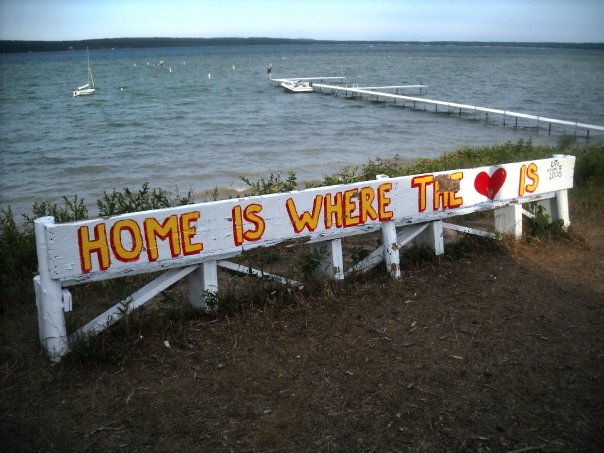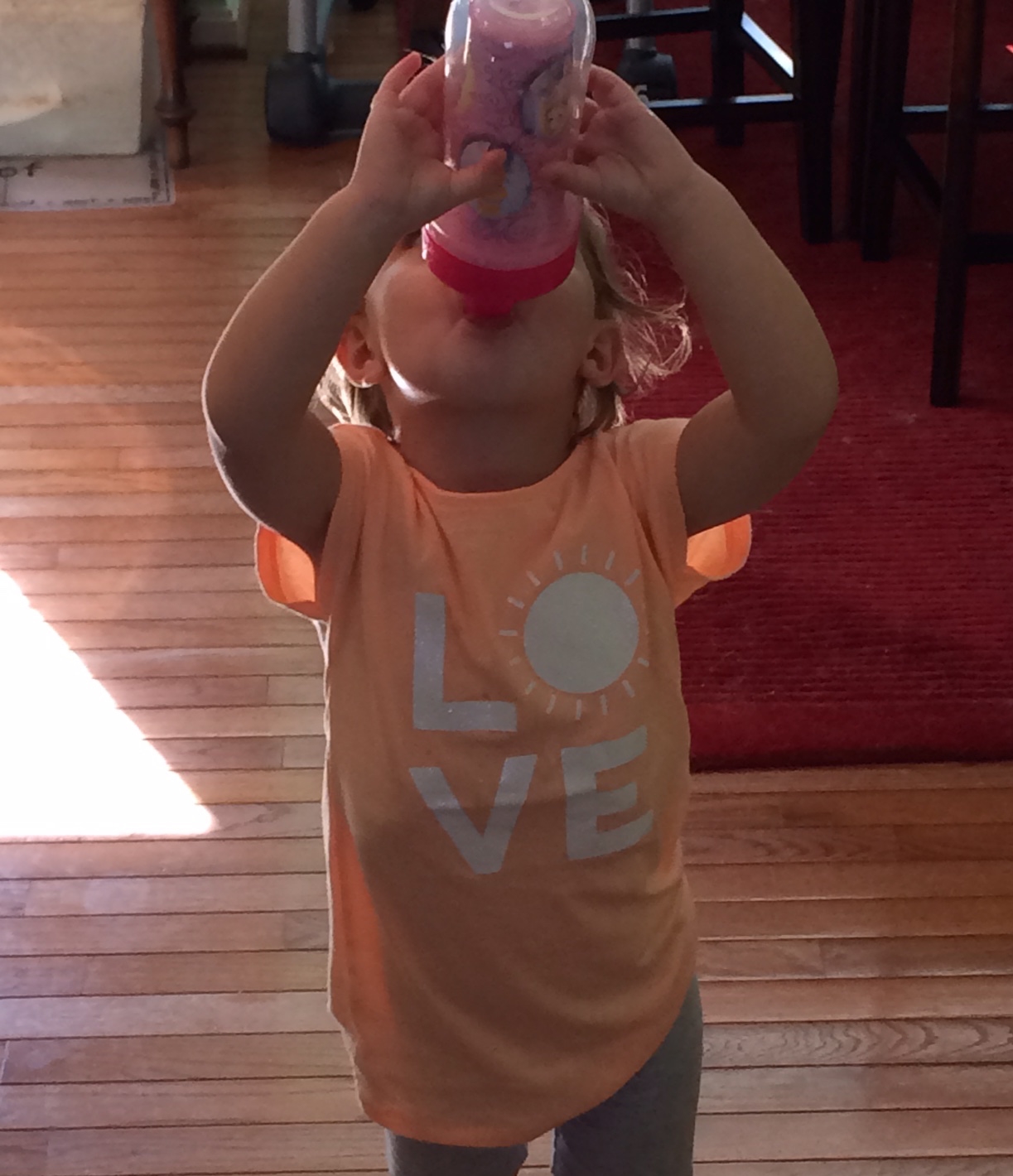Speak up? - Part 2
/The Grey Area
In the real world of youth programming, situations are rarely as cut and dried as the previous examples. At first glance, the potential for harm may not be apparent, and it demands waiting and observing to see if children are working on resolving a dispute, or if the situation is escalating to a point where intervention is necessary. So, without some clarity, what should be the driving force that determines if and how to correct, discipline, or redirect someone else’s child?
The first factor to consider is the age/status gap between the children. As a general rule, I believe the greater the power/age differential, the more appropriate it is to intervene on behalf of the less powerful/less dominant child. For example, if I am at the playground and witness a 12-year-old taking a ball from a 7-year-old (assuming no other adult is supervising the immediate area affiliated with either child), I wouldn’t have a problem asking the older child to return the ball. On the other hand, if another 7-year-old is trying to take the ball, I’m not sure I would intervene unless there are other factors that would made me think someone might get hurt.
Another factor to consider is how any intervention would be received by the children and other adult observers (including those who learn of the occurrence after the fact). Ultimately, this can boil down to word choice, tone, or body language. A good standard to maintain is not to do/say anything to someone else’s child that you would not do in front of that child’s parent. By maintaining that standard, you are more likely to avoid doing or saying anything that could be interpreted as hostile or threatening to a child.
A third consideration is another adult being present whose role is to create and enforce group-behavior guidelines. Is a coach present with a team? Is an instructor present with a class? If such an adult is present, ask why he or she isn’t intervening. Maybe the coach or instructor has a better understanding of the group dynamic or is purposely trying to let the children resolve the issue. Perhaps they missed seeing the event and it would be more appropriate to tell them what you saw. Or they did see exactly what you saw, but knowing the participants and the bigger picture, they choose to let it go and focus their efforts on other “battles.” In any of these cases, the concerned adult must weigh the options of intervening, instigating a conversation with the responsible adult, or just continuing to observe.
The final consideration I want to address is how any potential intervention might be interpreted by the child. In many situations, the child who appears to be the victim or “loser” in a dispute might prefer that outcome to having an adult (especially someone else’s parent) interfere. If the child does not seem overly troubled by the situation or outcome, it may be better for the adult to withdraw.
So, when is it OK for adults to step in and correct or discipline other people’s children?
This is truly a dilemma in which every situation is different. That said, by sharing some of what I see as key drivers of the decision to speak or not to speak, I hope I have helped you start a conversation among staff members and ultimately with the parents you serve. By having an open dialogue and coming to a consensus, you can take the first important step in establishing a collaborative community environment in all of your programs, and hopefully reduce the number of potential parent/child disciplinary encounters.










